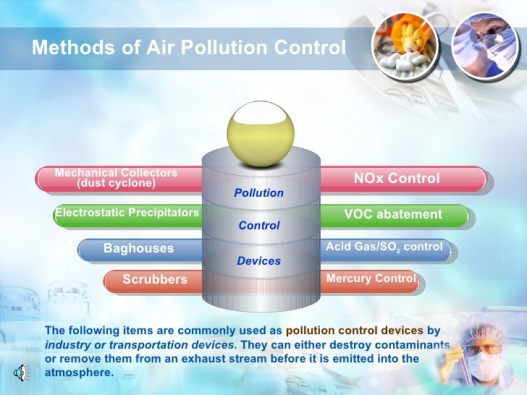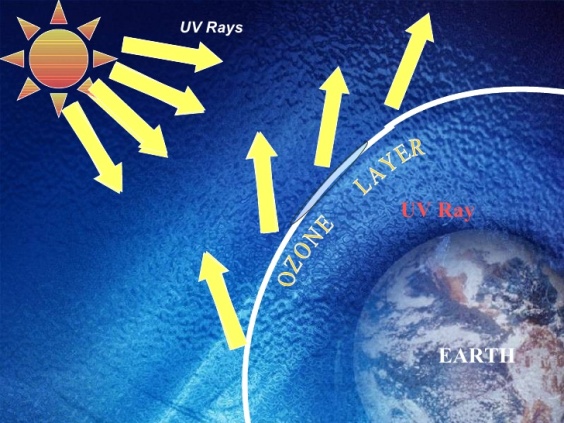The waste products made by glass plastic, aluminum paper are being recycled by every state authority to conserve the natural sources and to reduce the landfill space on earth; this act also tends to save the energy wasted while making a new product from the raw material. According to recycle revolution,
“The energy saved by processing the recycling of used waste material 2005 was enough to power 9 million homes.”
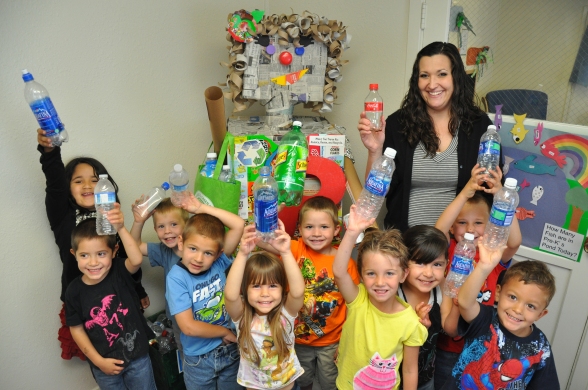
Reprocessing of discarded material basically involves five steps. . In developing countries there are bins allocated for discarding the recyclable products which in turn facilitates the authorities in segregating recyclable products .while in underdeveloped countries the waste material is heaped in the same bin without the specific discrimination of recyclable material and no recyclable material.
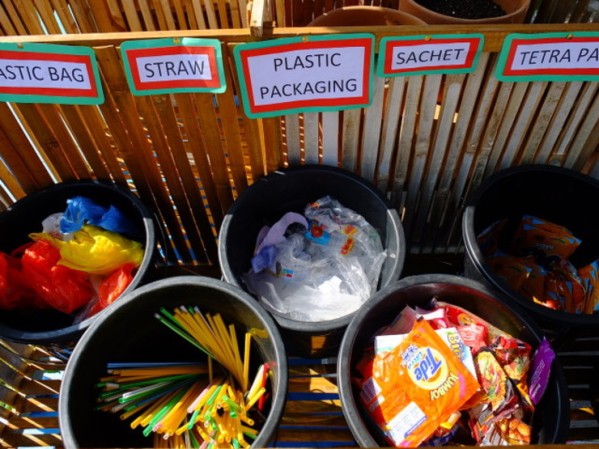
Collection:
The first step involved in the reprocessing is the collection of recyclable products. The process of collecting material varies by the communities the recyclable material in developed communities is cast into allocated recyclable bins. While in other communities, it is done by the curbside pickup, drop-off centers. Paper, aluminum, plastic material stamped 1 or 2 having ethylene terephthalate (PET) and high-density polyethylene (HDPE) plastics and glass bottles and jars are mostly collected by the haulers.
Segregation of material:
After collection, the material is then shifted to material recovery facility (MRF) where the material is passed through a V screen separator. The material is segregated on the classification of it type: like glass is separated by the color and the plastic by its type. Aluminum products are segregated on the basis of its steel type or on the basis of its bimetallic counterparts.
The MRF sorted materials are then sent to reclaims to process them into valuable resources. The plastic material is then pushed into the grinders where they are cleaned and turned into flakes. The flakes are sometimes transferred to the manufacturers directly and often they are melted to their respective polymer types and then reformed to their pellet formed before sending to manufacturers. The glass is crushed in reclaimed into small pieces called as cullet. The cullet is often shifted to manufacturers to blend with the virgin material to make the new product .often the cullet is melted in a furnace and new glass material is directly made from the molten glass. While aluminum in reclaimed is melted at the high temperature of 2800 degree Fahrenheit the molten aluminum is then cooled down again to take the shape of ingot which is shipped to manufacturers for further processing.
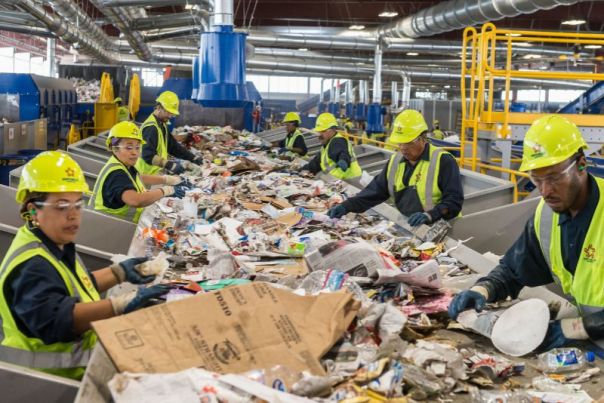
Remanufacturing:
The glass, plastic, and aluminum after the processing in reclaimed are sent to manufacturers. Where they are mixed with the virgin material and a new product is manufactured from the processed material .glass and aluminum is made back into their original products like bottles, cans, jars etc. but plastic due to its variety of polymers is recycled into different products. Soda bottles are made of PET plastic materials and the recycled pet bottles are likely to be remanufactured into beverage containers.
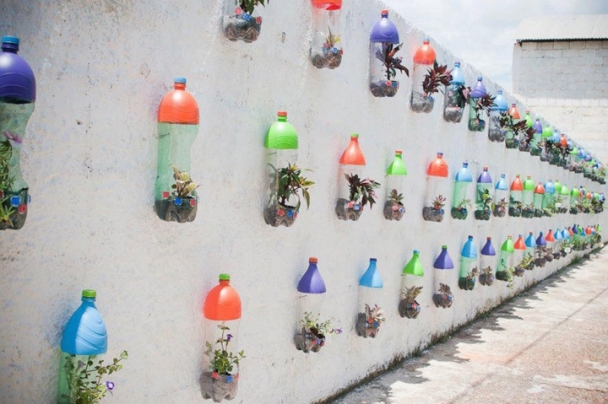
Purchasing:
Now the products are sent to market for the consumers to purchase. It depends on you to buy products that can be recycled in order to close the loop. By purchasing the recyclable product the demand and benefits of recycling remain sustained before buying any product make sure that the product contains the post-consumer waste .You may find the post-consumer percentage printed o the label of the product.





